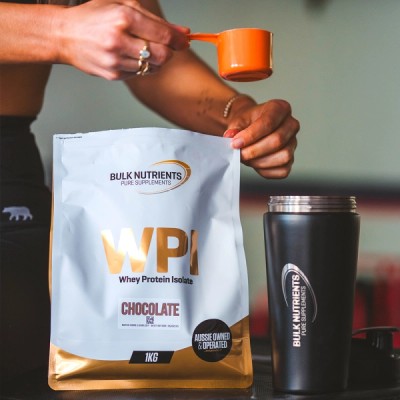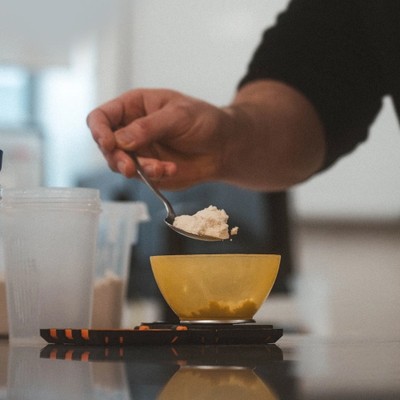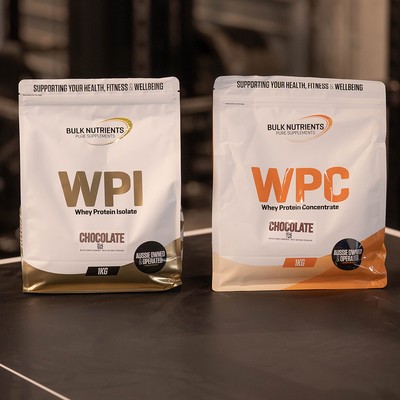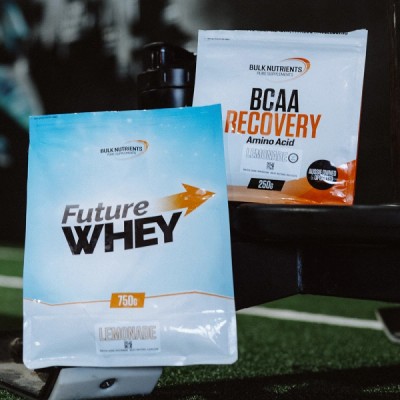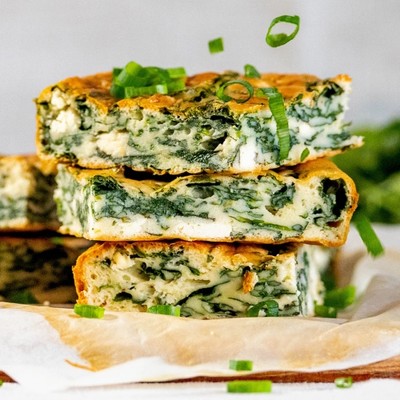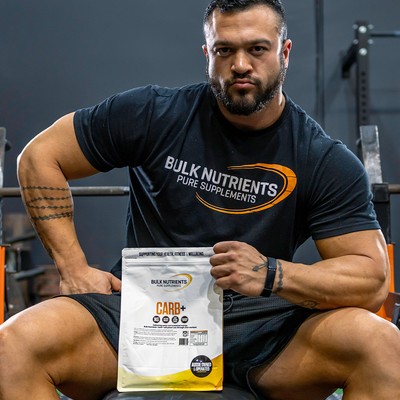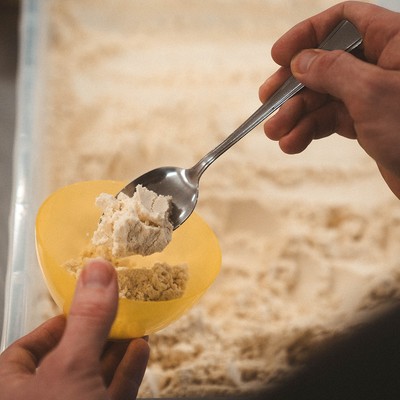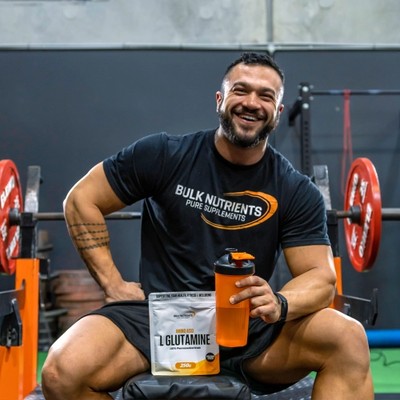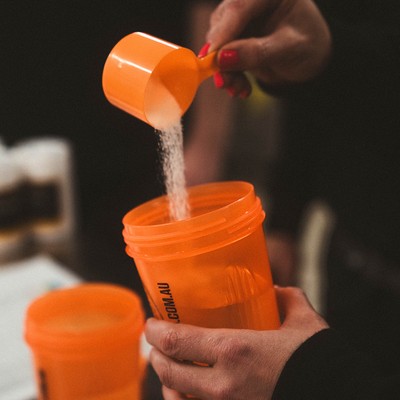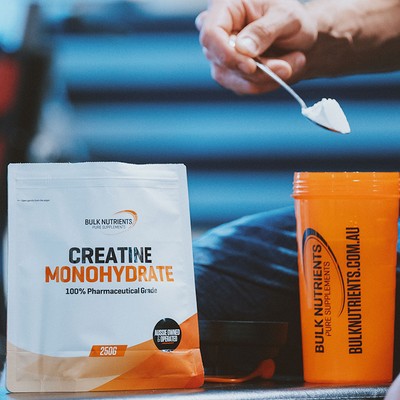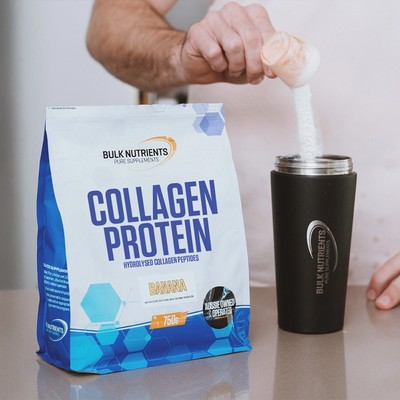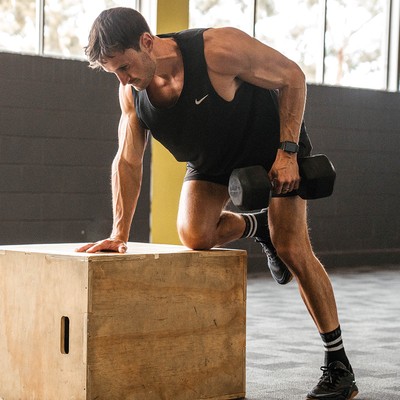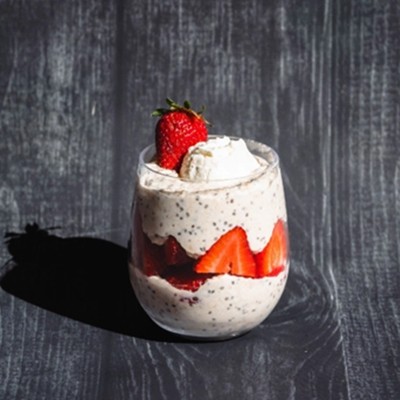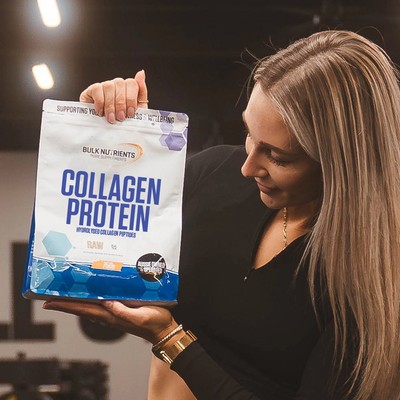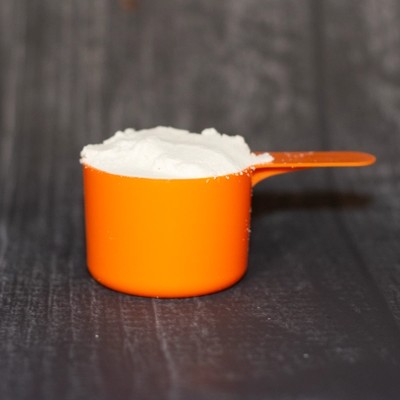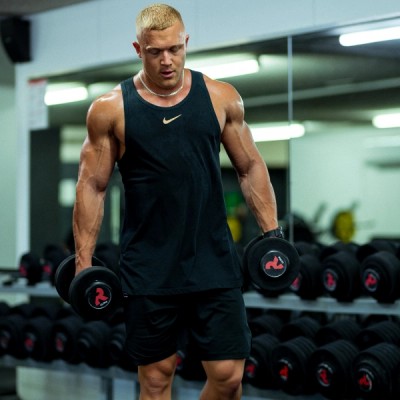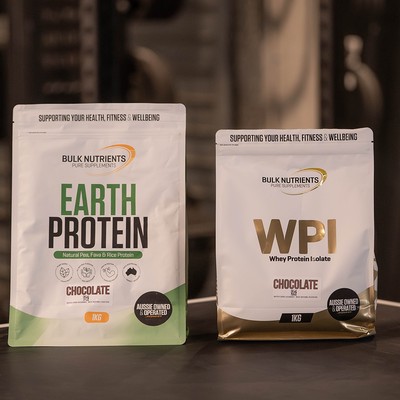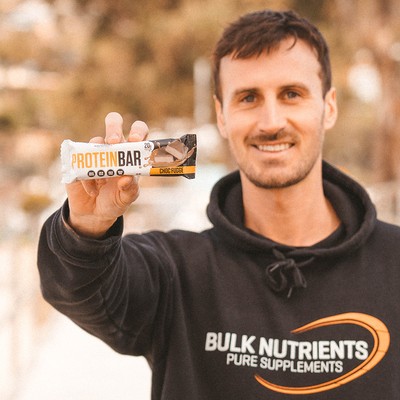Cardio Before or After Weights - Which Is Better?

Cardio before or after weights?
Everyone wants to know the ideal time to perform cardio.
And the biggest problem we face here (and why we pose the question in this article) is that cardio has the potential to interfere with our muscle growth.
Scientists refer to this as "concurrent training" or perhaps more appropriately, "the interference effect."
In gym lingo: "cardio is bad for your gains!"
Studies show that strength training and endurance training combined reduces your cardiorespiratory fitness results, explosiveness, strength, and muscle growth.
And so, this is the problem we're facing.
Our bodies fail to adapt in any way significantly because we're asking two different things about it.
Other research shows that each type of exercise induces specific muscle fibre type changes.
The signalling pathways would be better sent in one direction, and not at war with one another.
Specifically, PKB (protein kinase B/Akt) and AMPK (AMP-activated protein kinase):
PKB: decreases protein breakdown and activates protein synthesis, which makes it favourable for muscle growth.
AMPK: Increases glucose transport and mitochondrial protein, which are ideal for increases in cardiorespiratory fitness.
So, when you perform cardio and weights together, they actually block each other's signalling.
Now of course, just how much these pathways fight it out depends on the type of cardio you're doing.
This study examined just how much running and cycling affected a subsequent weight training session.
How does cardio affect squat strength?
10 physically active men were asked to reach maximum intensity on the treadmill and cycle ergometer, and half squat repetition strength. They were then assigned to three different conditions:
- Control: 4 sets of maximum repetitions at 80% of their one-rep max.
- Intermittent running and weights (15 x 1 minute steady, then 1 minute at maximum intensity, then the squats).
- Intermittent cycling and weights (15 x 1 minute steady, then 1 minute at maximum intensity, then the squats).
So, what did they find?
The cycling was the worst when it came to impairing squat strength. The researchers concluded:
"In conclusion, an aerobic exercise bout before strength exercise impairs the subsequent strength endurance performance."
So, we can take a few things out of this: super high-intensity cardio like seen in this study isn't ideal if maximum muscle growth is the goal, and also not ideal for the preservation of muscle strength.

Something of a lower intensity like walking might be better.
Also, if you absolutely insist on doing this high-intensity cardio, do it after your weights!
Performing it on another day might be better, too, to allow for more recovery time. 48 hours after a resistance training session, muscle protein synthesis levels return to baseline, meaning they're ripe for another cardio session or weights bout.
You don't have to do cardio for weight loss
If you're performing cardio just to lose weight, you could consider going without it altogether.
Research shows that whether you create a deficit from diet AND exercise or just diet, the fat loss results are the same.
So, if maximal muscle growth and/or muscle preservation is your goal, skip cardio altogether, and create a larger energy deficit through dieting.
Or if you absolutely must do cardio, do it AFTER your weights, or on another day altogether.
A low-intensity cardio approach like walking might be ideal to avoid any significant occurrences of "the interference effect."

The bottom line is that you're always best to perform cardio AFTER your weights regardless of your goal. Cardio and weights can be difficult to pair as cardio has the potential to interfere with our muscle growth. Scientists refer to this as "concurrent training" or "the interference effect." Specifically, PKB and AMPK block each other's signalling.
Running and cycling before weights isn't ideal and reduce muscle strength and endurance, which hinders muscle growth. Cycling is worse. If you must perform cardio (as you don't need it to lose weight) try and do it on a different day.

Dayne Hudson
Like many, Dayne was once desperate to lose weight and get into shape. But everyone he asked, everything he read, lead to the same place... nowhere.
His journey started there - researching science journals and completing a Sports Nutrition Specialist qualification so he could make weight loss easier.
References:
- Baar K. Training for endurance and strength: lessons from cell signaling. Med Sci Sports Exerc. 2006 Nov;38(11):1939-44. doi: 10.1249/01.mss.0000233799.62153.19. PMID: 17095927.
- Häkkinen K, Alen M, Kraemer WJ, Gorostiaga E, Izquierdo M, Rusko H, Mikkola J, Häkkinen A, Valkeinen H, Kaarakainen E, Romu S, Erola V, Ahtiainen J, Paavolainen L. Neuromuscular adaptations during concurrent strength and endurance training versus strength training. Eur J Appl Physiol. 2003 Mar;89(1):42-52. doi: 10.1007/s00421-002-0751-9. Epub 2002 Dec 14. PMID: 12627304.
- Panissa VL, Tricoli VA, Julio UF, Ribeiro N, de Azevedo Neto RM, Carmo EC, Franchini E. Acute effect of high-intensity aerobic exercise performed on treadmill and cycle ergometer on strength performance. J Strength Cond Res. 2015 Apr;29(4):1077-82. doi: 10.1519/JSC.0000000000000706. PMID: 25259468.
- Tipton KD, Wolfe RR. Exercise, protein metabolism, and muscle growth. Int J Sport Nutr Exerc Metab. 2001 Mar;11(1):109-32. doi: 10.1123/ijsnem.11.1.109. PMID: 11255140.
- Wilson JM, Marin PJ, Rhea MR, Wilson SM, Loenneke JP, Anderson JC. Concurrent training: a meta-analysis examining interference of aerobic and resistance exercises. J Strength Cond Res. 2012 Aug;26(8):2293-307. doi: 10.1519/JSC.0b013e31823a3e2d. PMID: 22002517.


